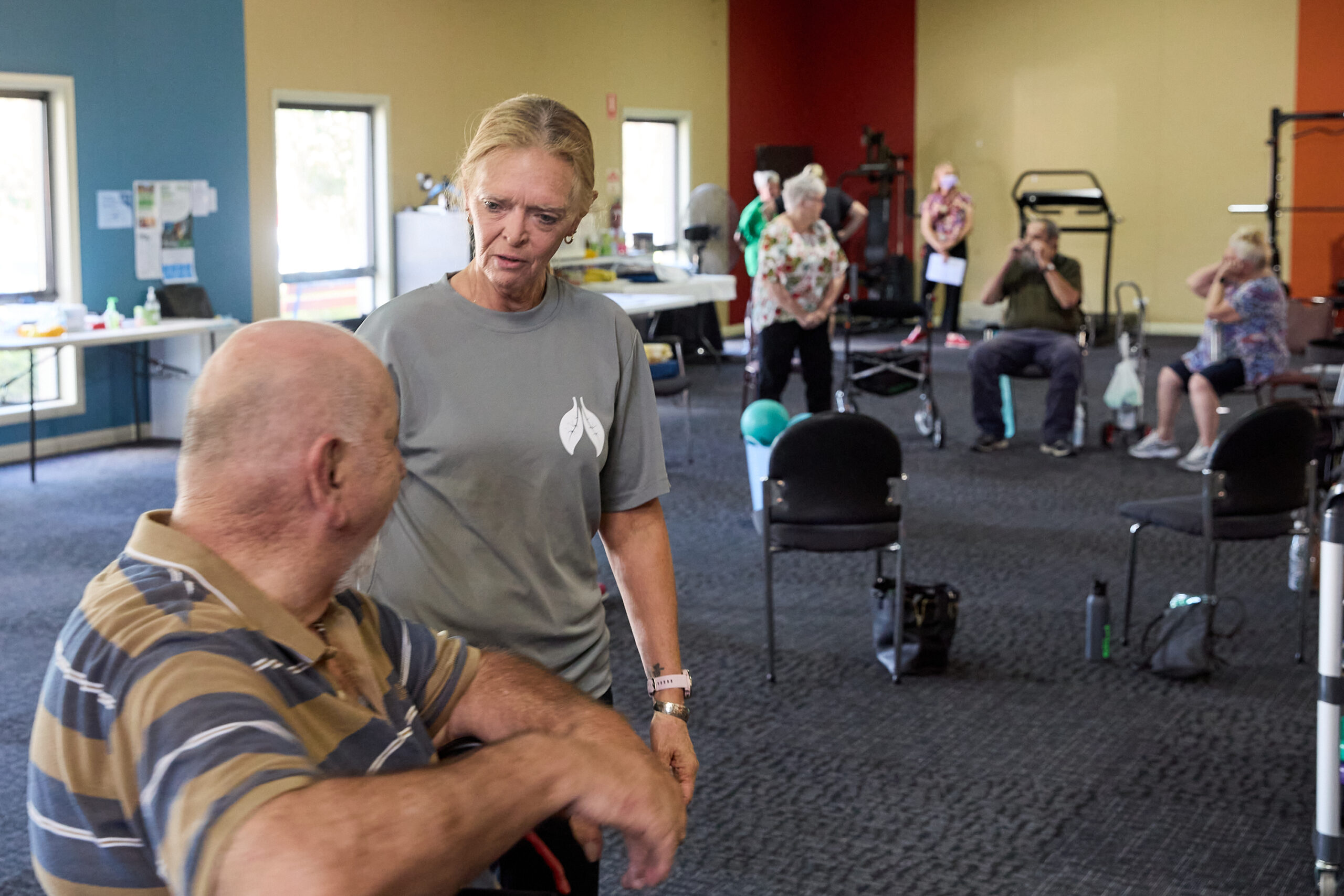Medical History
A detailed medical history is required to determine whether the patient should participate in the exercise sessions of a PR program. Co-morbidities that may affect the patient’s ability to undertake exercise include cardiac, musculoskeletal, psychological and neurological conditions. A general medical assessment form is available to help assess patients referred for PR.
As a result of the general medical assessment, some of the following information may require further follow-up:
- Nutritional status
- Psychological status – anxiety and depression
- Current smoker
- Spirometry test results
- Requirement for oxygen therapy
Nutritional Status
Nutritional status is an important part of a patient’s care plan. Studies have shown that people who have chronic lung conditions use 25% to 50% more energy than healthy people due to the increased work of breathing.
Body Mass Index (BMI) can provide valuable information regarding the patient’s nutritional status. Normal BMI values range from 20 to 25.
BMI = weight (kg) ÷ height2 (m)
Referral to a dietitian may be required if:
- BMI < 20 = underweight.
Note: Poor nutritional status is implicated in higher mortality for patients with chronic obstructive pulmonary disease. - BMI > 30 = obese.
- There is a recent history of unintentional weight loss of more than 10% in the last 6 months or 5% in the past month.

Anxiety and depression is also prevalent in patients with ILD therefore evaluating and addressing psychological status and mood is also recommended for this patient group.
A collaborative approach between local (internal or external to the program) mental health professionals and the PR team is preferred.

Current Smoker
If the patient is still smoking, refer the patient to a smoking cessation clinic or equivalent.
Spirometry
Spirometry testing is important to ascertain the degree of airflow limitation. Spirometry results are essential for diagnosing and describing the severity of chronic obstructive pulmonary disease (COPD). The stages of disease severity based on spirometry for patients with COPD are outlined in the table below. For further details, see Yang.3
| Stage | Spirometry (post-bronchodilator) |
|---|---|
| I – Mild COPD | FEV1 / FVC < 0.7 and FEV1 60% to 80% predicted |
| II – Moderate COPD | FEV1 / FVC < 0.7 and FEV1 40% to 59% predicted |
| III – Severe COPD | FEV1 / FVC < 0.7 and FEV1 below 40% predicted |
BODE Index
The BODE Index is a simple multi-dimensional grading system which scores the systemic components of COPD.2 The BODE Index’s components are body mass index, respiratory function, dyspnoea, and exercise tolerance (for scoring details see Resources section). These components are graded into a simple 10 point scale, with the more severe the symptoms the higher the score. The BODE Index has been shown to be a better predictor of mortality than FEV1 alone2 and can be useful in predicting readmission to hospital.3 The BODE index is sensitive to change following PR, with a reduction of 1 point (or more) in the score indicating
a ‘responder’ to the program.4


